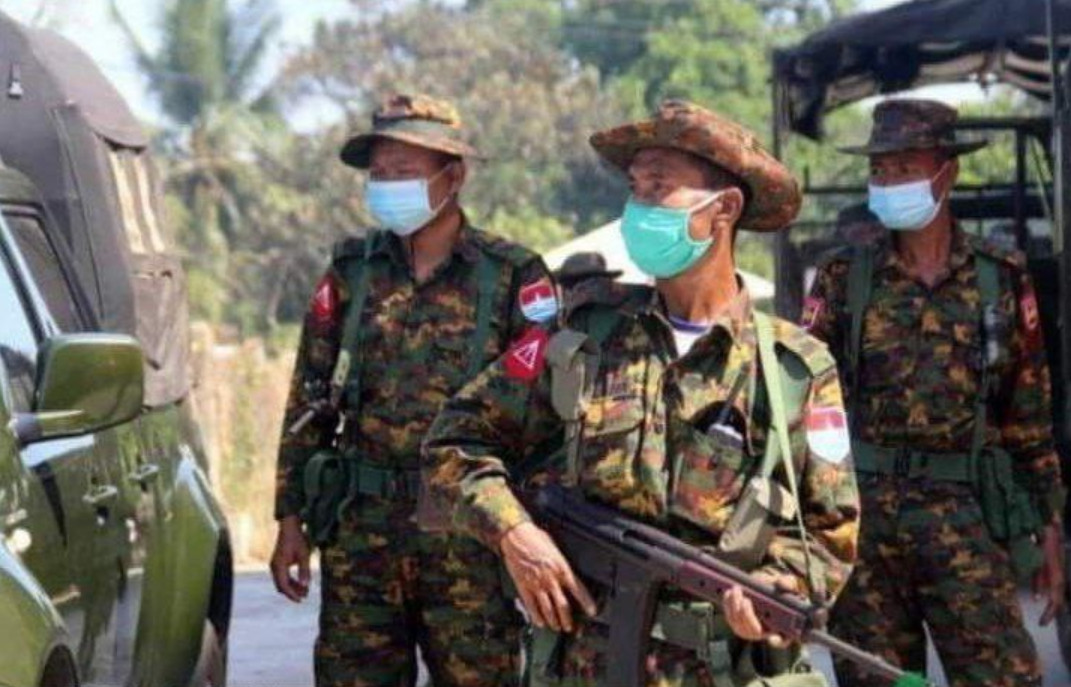
Official Development Assistance (ODA) refers to financial flows and resources provided by governments, their agencies, and multilateral institutions to promote the economic development and welfare of developing countries.
ODA encompasses various forms of aid, including grants, concessional loans, technical assistance, debt relief, and humanitarian assistance.









It is aimed at supporting sustainable development, reducing poverty, improving healthcare, education, infrastructure, and addressing various social, economic, and environmental challenges in recipient countries.
Key characteristics of Official Development Assistance include:
Government Funding: ODA is primarily funded by governments and official agencies of developed countries. These funds are allocated to support development projects and programs in recipient countries, often in collaboration with multilateral institutions such as the United Nations, World Bank, and regional development banks.
Multilateral and Bilateral Aid: ODA can be provided through multilateral channels, such as contributions to international organizations or pooled funds, as well as through bilateral agreements directly between donor and recipient countries. Multilateral aid is often coordinated at the international level to address global challenges and priorities, while bilateral aid allows donors to tailor assistance to the specific needs and priorities of individual recipient countries.
Grant Aid and Concessional Loans: ODA is typically provided in the form of grants, which do not need to be repaid, or concessional loans, which have favorable terms such as low interest rates or extended repayment periods compared to commercial loans. These financial resources are intended to support development projects and initiatives that contribute to the long-term well-being and prosperity of recipient countries.
Focus on Development Goals: ODA is guided by development objectives and priorities, including the United Nations Sustainable Development Goals (SDGs). It aims to address a wide range of issues such as poverty alleviation, healthcare, education, gender equality, environmental sustainability, infrastructure development, and economic growth in recipient countries.
Recipient Countries: ODA is primarily targeted at developing countries, particularly those with low income levels, limited access to resources, and significant development needs. Least Developed Countries (LDCs), landlocked developing countries, and small island developing states are often prioritized for ODA due to their vulnerable status and unique challenges.
Partnerships and Coordination: ODA involves collaboration and partnerships between donor and recipient countries, as well as with civil society organizations, non-governmental organizations (NGOs), international agencies, and other stakeholders. Coordination and harmonization of aid efforts are important to ensure coherence, effectiveness, and sustainability in development cooperation.
Monitoring and Evaluation: ODA programs are subject to monitoring, evaluation, and reporting to assess their impact, effectiveness, and efficiency. Donors and recipient countries use performance indicators, benchmarks, and evaluation criteria to measure progress, learn from experiences, and improve the design and implementation of development projects and programs.
Overall, Official Development Assistance plays a critical role in supporting the efforts of developing countries to achieve sustainable development, reduce poverty, and improve the well-being of their populations. It represents a commitment by the international community to promote global prosperity, equality, and justice through effective development cooperation and assistance.

Leave a Reply